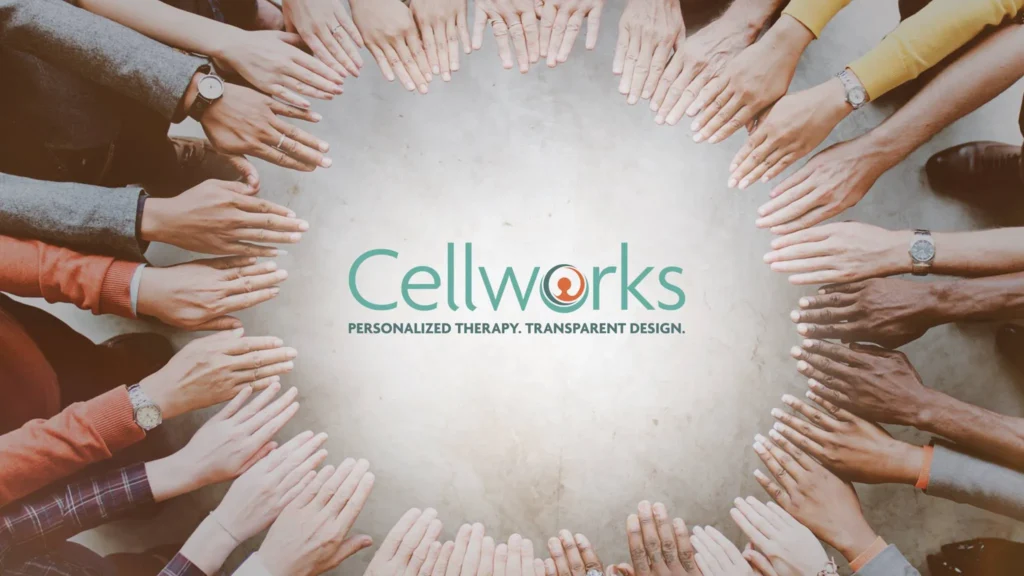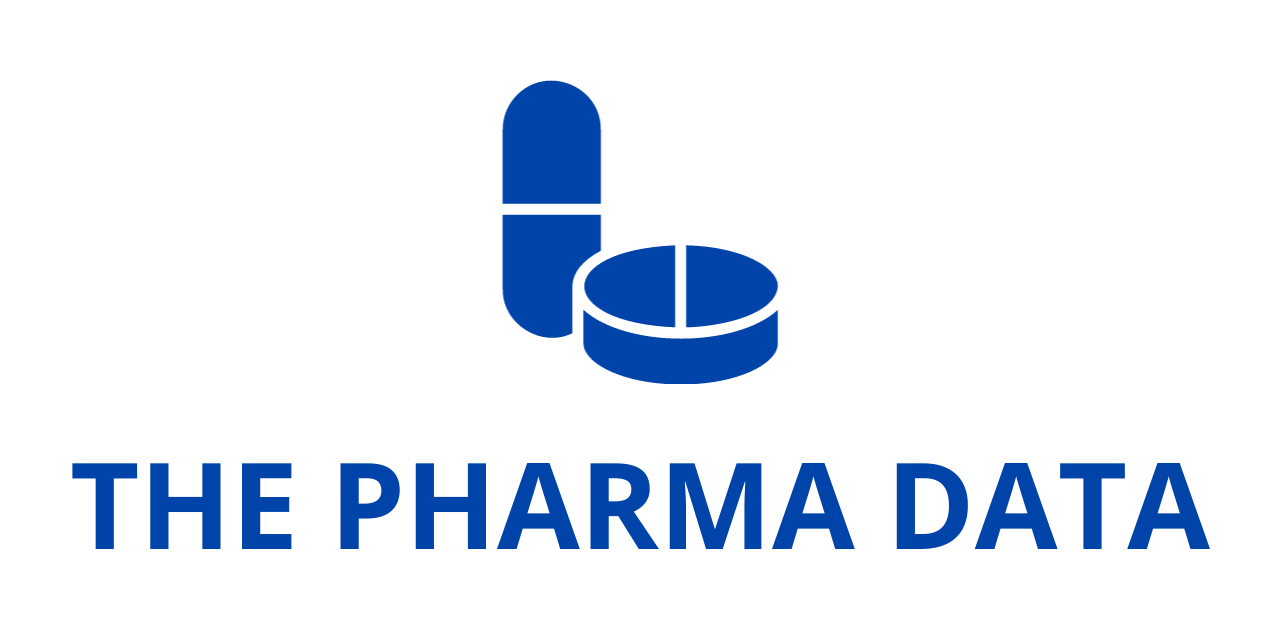
Cellworks Unveils Breakthrough in Predicting Chemo-Immunotherapy Benefit for Patients with Metastatic NSCLC
Cellworks Group Inc., a leader in personalized therapy decision support and best-in-class patient-specific treatment response simulations (PTRS), has unveiled compelling findings from its landmark myCare-040 clinical study. The results demonstrate the predictive power of the Cellworks Platform, a computational biosimulation engine that guides chemotherapy treatment decisions for patients with metastatic non-small cell lung cancer (NSCLC) undergoing immune checkpoint inhibitor (ICI) therapy.
The study’s outcomes, showcased at the IASLC 2025 World Conference on Lung Cancer (WCLC25) in Barcelona, represent a significant advance in precision medicine. By accurately identifying which patients are likely to benefit from combination chemo-immunotherapy versus immunotherapy alone, Cellworks offers oncologists a powerful new tool to maximize treatment efficacy while minimizing unnecessary toxicity.
The Clinical Challenge in NSCLC
Lung cancer remains the leading cause of cancer-related death worldwide, and NSCLC accounts for approximately 85% of all lung cancer cases. For patients with advanced or metastatic NSCLC, the advent of immune checkpoint inhibitors—drugs targeting PD-1/PD-L1 pathways—has revolutionized treatment.
However, real-world data and clinical trial results consistently show that not all patients benefit equally from combining chemotherapy with ICIs. While some patients experience a meaningful survival advantage, others endure additional toxicities without measurable benefit. This variability underscores a critical unmet need: clinicians require better predictive tools to guide treatment selection beyond standard PD-L1 biomarker testing.
Insights from Experts
“Although combination chemo-immunotherapy remains a standard first-line option for advanced NSCLC, the incremental benefit of adding chemotherapy varies substantially among patients,”
— Charu Aggarwal, MD, MPH, FASCO, Leslye M. Heisler Professor of Lung Cancer Excellence, Perelman School of Medicine, University of Pennsylvania; Co-Principal Investigator of myCare-040
Dr. Aggarwal emphasized that the Cellworks computational biosimulation approach is capable of identifying patients most likely to respond to chemo-immunotherapy, thereby sparing others from unnecessary toxicity.

Similarly, Tejas Patil, MD, Assistant Professor of Medicine in Medical Oncology at the University of Colorado School of Medicine and Co-Principal Investigator, highlighted the limitations of PD-L1:
“PD-L1 testing has gained relevance as an important biomarker in determining the role of ICIs, particularly when expression levels exceed 50%. Yet PD-L1 is an imperfect predictor and does not capture the full spectrum of benefit from adding chemotherapy. This study represents a clinically meaningful step forward in personalized medicine for NSCLC.”
The Limitations of PD-L1 as a Biomarker
Currently, PD-L1 expression levels serve as the most widely used biomarker to determine eligibility for immunotherapy. Patients with high PD-L1 expression (≥50%) may receive ICI monotherapy, while those with lower expression are often recommended chemo-immunotherapy.
Yet, PD-L1 testing has significant shortcomings:
- It reflects only a snapshot of tumor biology.
- PD-L1 status can vary within tumors and between metastatic sites.
- It does not account for the broader tumor-immune system interactions that govern therapeutic response.
As James Wingrove, PhD, Chief Development Officer at Cellworks, explained:
Chemo-immunotherapy response depends on complex interactions between tumor biology and the immune system—far more than any single biomarker, including PD-L1, can capture. By leveraging next-generation sequencing and biosimulated tumor behavior, we can predict patient-specific responses with far greater precision.”
The Cellworks Computational Biology Model (CBM)
To address the challenge of predicting chemo-immunotherapy benefit, Cellworks developed a mechanistic computational biology model (CBM) that integrates genomic data obtained through next-generation sequencing (NGS).
The CBM maps dysregulated signaling pathways in each patient’s tumor and simulates how it would respond to either ICI therapy alone or combination chemo-immunotherapy. By comparing predicted outcomes, the model generates a Therapy Response Index (TRI) and a differential score (∆TRI) that quantifies the incremental benefit of adding chemotherapy.
Key Features of the Cellworks CBM:
- 6,000+ human genes integrated into the network.
- 30,000 molecular species modeled.
- 600,000 molecular interactions represented.
- Uses drug models to simulate the effect of specific compounds.
- Can evaluate both individual patient models and cohort-level simulations.
This sophisticated system has been validated across more than 125 presentations and publications in collaboration with global cancer research institutions.
The myCare-040 Study: Design and Methodology
The myCare-040 study applied the CBM to develop and validate a novel classifier, ∆TRI, capable of distinguishing which patients derive meaningful survival benefit from chemo-immunotherapy.
- Population:
- Retrospective real-world cohorts of 1,549 patients with non-squamous metastatic NSCLC.
- Validation cohort: 328 patients diagnosed between April 2017 and November 2022.
- Mean age: 66.4 years.
- Female patients: 43%.
- Front-line chemo-immunotherapy use: 75%.
- Study Design:
- The classifier and clinical threshold (∆TRI score = 16) were locked prior to validation.
- Performance was assessed in the independent validation cohort.
- Comprehensive genomic profiling (CGP) via NGS provided input data for biosimulation.
Key Findings
The myCare-040 study generated several landmark insights:
- TRI Predicts Overall Survival
- TRI was significantly associated with overall survival (OS) even after adjusting for clinical and genomic risk factors, including PD-L1 expression.
- P-value = 0.019, indicating robust statistical significance.
- ∆TRI Identifies High-Benefit Patients
- 22% of patients were classified as high benefit (∆TRI ≥ 16).
- These patients gained a median OS increase of 8.3 months with chemo-immunotherapy.
- Achieved a >15% absolute improvement in OS at 24 months.
- No Benefit for Low ∆TRI Patients
- 78% of patients had ∆TRI scores <16.
- These patients showed no survival advantage from adding chemotherapy.
- PD-L1 Independence
- ∆TRI predictions were independent of PD-L1 status, reinforcing its role as a complementary biomarker.
- Clinical Decision Support
- ∆TRI offers oncologists a clear, actionable tool to decide between ICI monotherapy versus ICI + chemotherapy, reducing overtreatment.
Clinical and Ethical Implications
The implications of this breakthrough are profound:
- For patients: It minimizes exposure to toxic chemotherapy when unnecessary, improving quality of life.
- For oncologists: It adds confidence to treatment decision-making by providing molecularly informed predictions.
- For healthcare systems: It reduces costs associated with overtreatment, hospitalizations, and managing chemotherapy-induced toxicities.
By going beyond PD-L1 testing, the Cellworks Platform could redefine the standard of care in metastatic NSCLC and potentially extend to other tumor types where chemo-immunotherapy is used.
The Future of Computational Biosimulation in Oncology
Cellworks’ achievement is part of a broader paradigm shift in oncology: the use of computational biology and AI-powered biosimulation to personalize treatment at unprecedented resolution.
- Integration with NGS: As NGS becomes more accessible, the Cellworks Platform can be seamlessly integrated into routine clinical workflows.
- Scalability: The CBM can be adapted for other cancers where combination therapy decisions are critical, such as triple-negative breast cancer, head and neck squamous cell carcinoma, and bladder cancer.
- Research Expansion: Future trials may investigate whether ∆TRI can predict not only survival benefit but also toxicity risk profiles and quality-of-life outcomes.
Industry and Academic Recognition
The presentation of myCare-040 at WCLC25 underscores its global impact. WCLC, hosted by the International Association for the Study of Lung Cancer (IASLC), is the world’s largest gathering of lung cancer specialists.
The poster, titled “Computational Modeling of Comprehensive Genomic Profiling to Predict Chemotherapy Benefit in Advanced NSCLC,” attracted strong interest from both academic and clinical oncologists. The findings are expected to spark discussions on updating clinical guidelines for NSCLC.
The results of myCare-040 establish the Cellworks Platform as a transformative tool in oncology decision-making. By integrating genomic data with advanced biosimulation, Cellworks has achieved what PD-L1 alone could not: accurately predicting which metastatic NSCLC patients benefit from chemo-immunotherapy.
This innovation represents a milestone in the evolution of personalized medicine, aligning treatment decisions with the unique biological realities of each patient’s cancer.
As Dr. Aggarwal noted, this is “an important advancement in personalized therapy selection for NSCLC.” And as healthcare systems worldwide grapple with the twin imperatives of improving outcomes and reducing toxicity, the Cellworks breakthrough offers a roadmap toward a smarter, more patient-centered era of oncology care.




